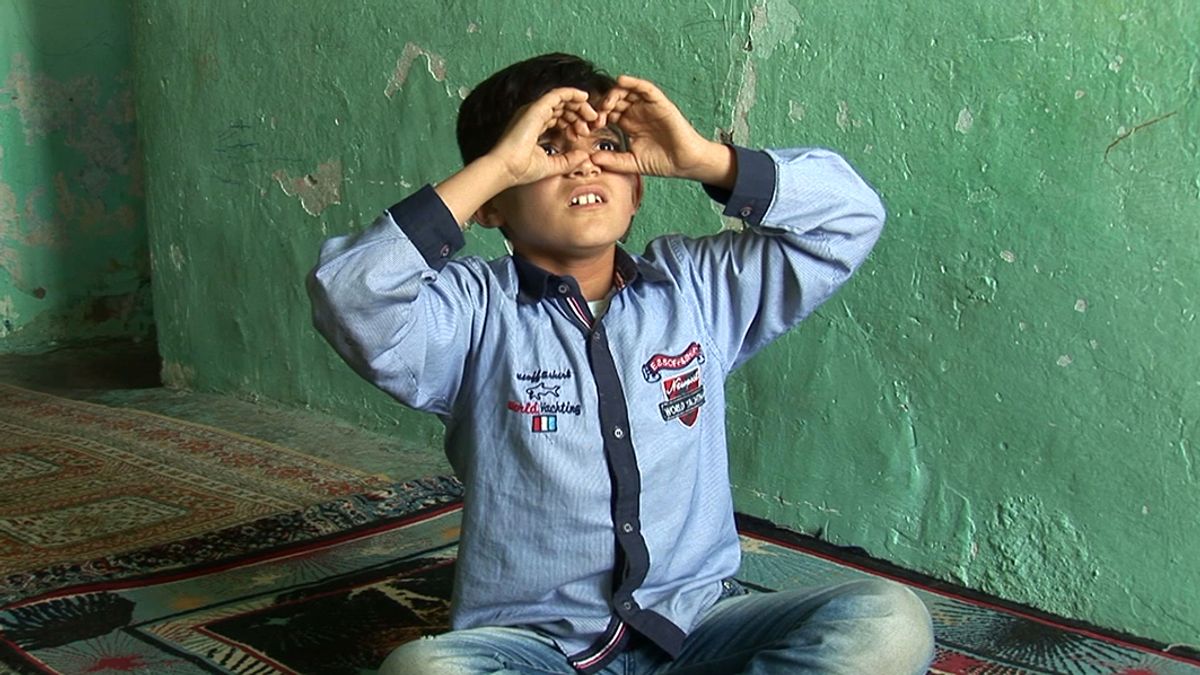The 15th Istanbul Biennial, which opens this week in six venues across the city (16 September-12 November), brings into sharp focus how the Turkish metropolis is shaping up as culture hub after the failed military coup in July last year. The Scandinavian artist duo Elmgreen & Dragset—the biennial curators—have brought together 56 artists who deal with multiple notions of home and neighbourhoods.
At a press briefing yesterday (12 September), Michael Elmgreen said that the biennial theme of “a good neighbour” seems particularly loaded in light of recent events such as the Brexit vote in the UK and Donald Trump’s victory in the US presidential elections.
The presence of ten Turkish artists in the biennial is key, Elmgreen said. “It is important that we give some of these [Turkish] artists exposure [in the biennial],” he said. “But I get upset when I see reports in the international media saying that the scene here is closing down. There are so many artist-run spaces and smaller institutions here.” Turkish artists featured include Erkan Ozgen, who is showing the film Wonderland (2016), and Alper Aydin, whose D8M installation (2017) is on show at Istanbul Modern.
“The Istanbul Biennial is never about just local artists—and usually local artists are not that prominently featured—so it's always a plus just to have the showcase,” says Kerimcan Güleryüz, the founder of the Istanbul-based exhibition development company, The Empire Project.
The Turkish artist Taner Ceylan says: “The Istanbul Biennial is a good platform for Turkish artists, as we still have difficulties obtaining visas to travel to European countries. Ten artists is a good number but more would be better, of course.”
Ceylan also highlights the growth in grassroots, artist-run organisations in the city against the difficult economic and political backdrop. These include OJ (Orange Juice Worldwide Entertainment Prestige), a project space located in a small rooftop apartment in the Asmalimescit district.
“The [OJ] project initially started out as my personal studio in the neighbourhood of Galata. Quickly becoming a local hub for like-minded artists and curators, OJ has since evolved into a multi-disciplinary physical venue for anything art-related, with ever-open doors to anyone wishing to participate,” says the co-founder and artist Burkut Kum.

Courtesy of the artist Produced and presented with the support of Ayşegül & Ömer Özyürek and SAHA. Photo: Sahir Uğur Eren
“The surreal political instability surrounding the city today almost serves as a post-apocalyptic backdrop for the alternative narrative we aim to convey,” he adds. A show of works due to open this week, titled Paradise on Mars (15-29 September), includes painting, sculpture and site-specific works from artists such as Huey Crowley and Bora Akinciturk.
Another under-the-radar event worth attending this week is an exhibition at the Halka Art Project, an independent art organisation founded in 2011 in the Moda district. The show’s cheeky title, Maybe We Can Benefit from Our Neighbour’s Good Fortune, brings to mind the biennial. "The exhibition, curated by the artist Isil Egrikavuk,will bring together Istanbul-based art collectives dadans, HAH and Pelesiyer, who are producing new works,” a spokeswoman says.
Other pivotal independent organisations include Das Art Project, which describes itself “asa curatorial team that works with independent artists and transforms historical and iconic places in Istanbul into art spaces”. Its latest project, Welcome to Homeland, focuses on the latest works by the Turkish artist Halil Altindere, which explore the refugee crisis (the opening is scheduled for 14 September in Sadık Paşa Mansion in Cihangir).
“The first part of the exhibition centres upon Muhammed Faris, the first Syrian astronaut who had to take refuge in Istanbul [in 2012]; the second part opens with a video work, Homeland, made in collaboration with a Berlin-based Syrian refugee rapper Abu Hajar,” says Cisem Asya Albas, co-founder.


